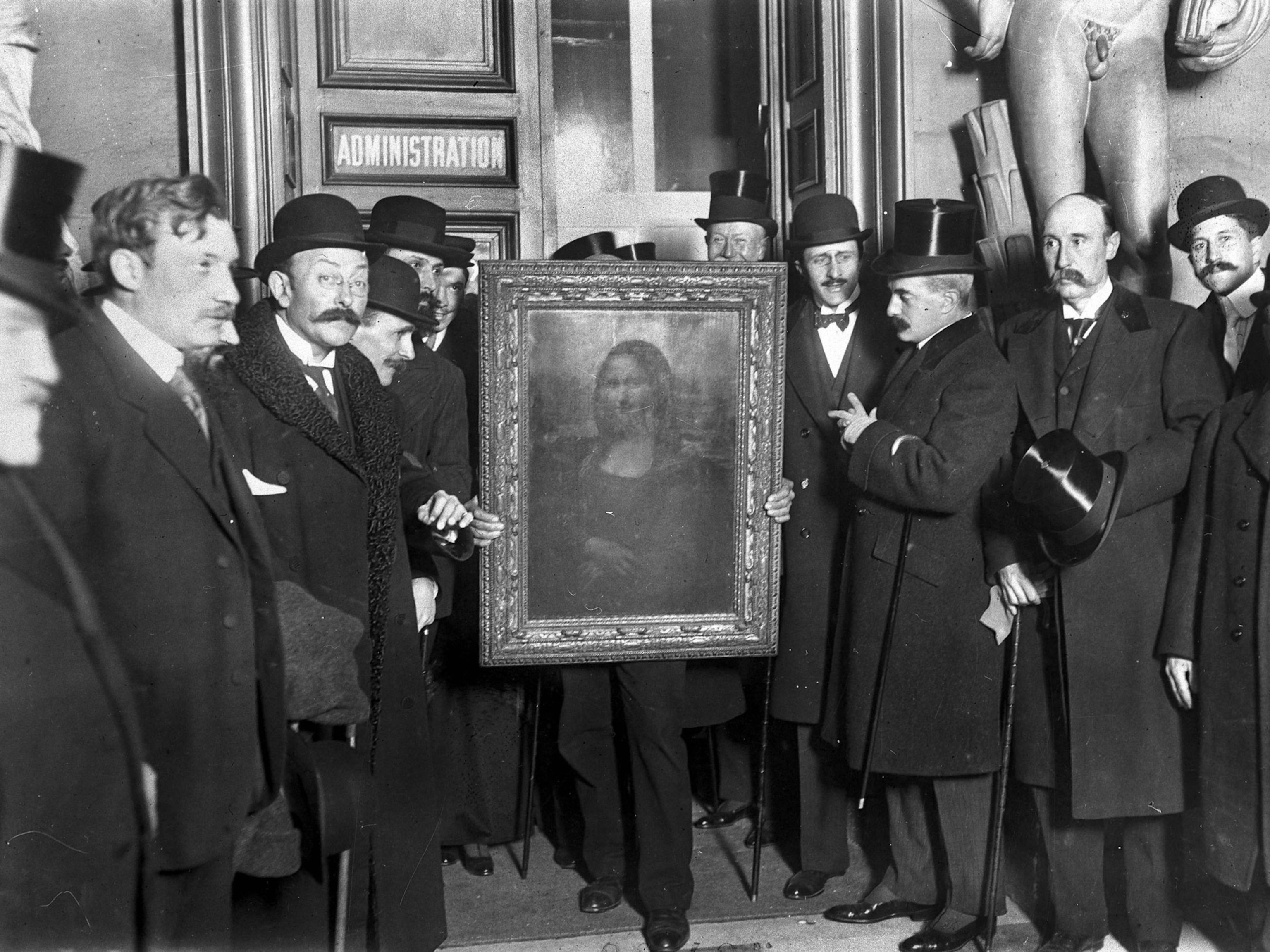What happened the last time the French crown jewels were stolen
Thieves have stolen priceless jewels belonging to Napoleon from the Louvre—evoking a 1792 heist whose dramatic twists ultimately gave us the Hope Diamond.

Known by awed gemologists simply as “the Blue,” the world’s biggest blue diamond first vanished in a jewel heist during the turmoil of revolutionary Paris in 1792. Since then, it has resurfaced and disappeared several times around Europe and across the Atlantic. Historians and jewelers have finally ended this treasure hunt that lasted more than two centuries.
Most diamonds are prized for colorlessness, but this remarkable gem stood out for its distinctive deep blue hue. Discovered in India and brought to France in the 17th century, the stone measured a whopping 115 carats—a rare heavyweight in gemological terms.
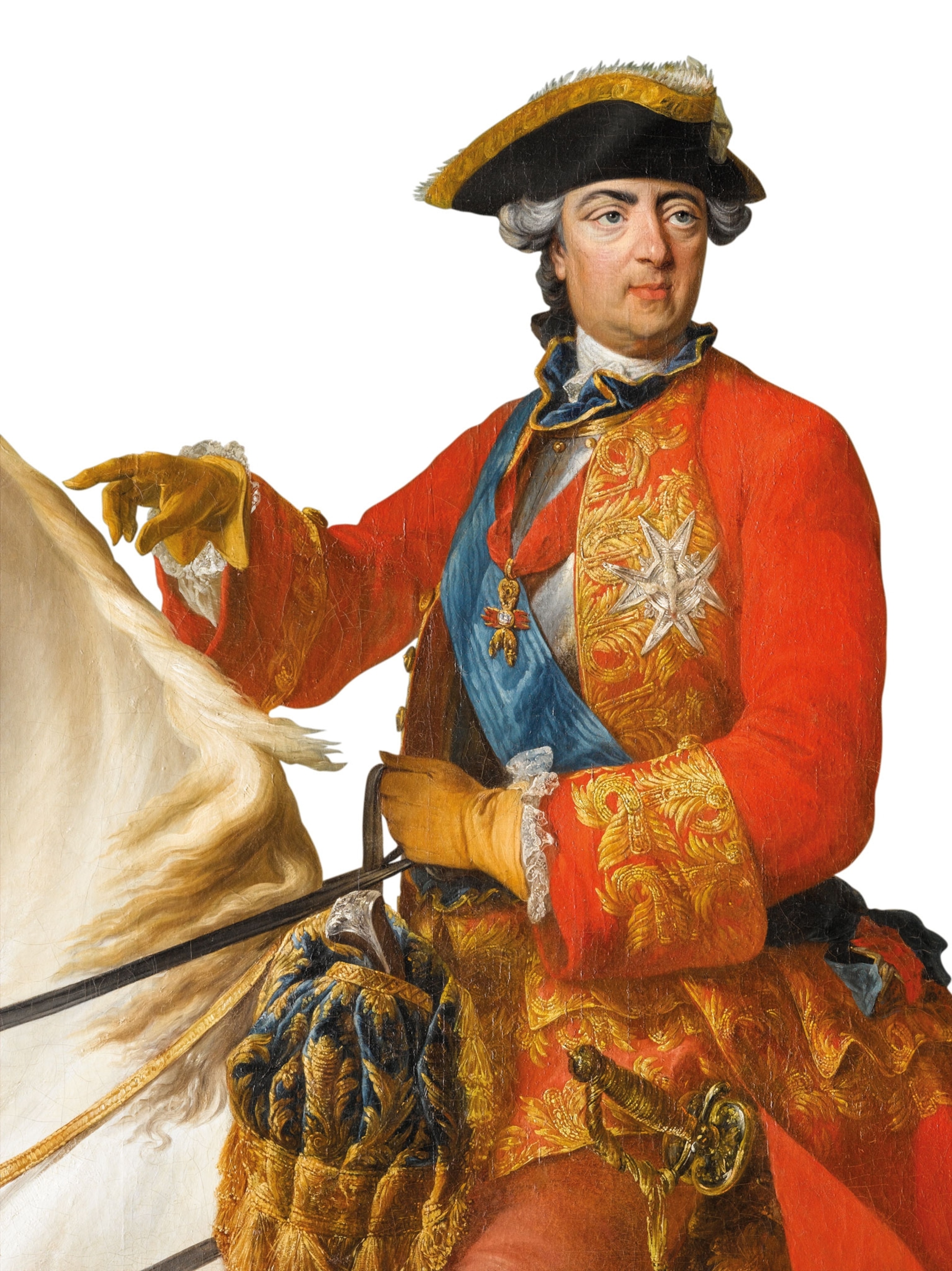
The diamond came to the attention of France’s Louis XIV, who bought it in 1668. To craft a fitting symbol for the Sun King, Louis had it cut, reducing it to 69 carats but intensifying its brilliance. He had it mounted in a distinctive gold setting that created a sunburst effect reflected in the stone. His great-grandson Louis XV had “le Bleu” set into an elaborate insignia of the Order of the Golden Fleece, a Catholic chivalric order, around 1749.
Banditry and bribery
Forty years later, after France was engulfed in revolution, King Louis XVI and Marie-Antoinette were arrested in 1791 while trying to flee the country. With the monarchs imprisoned, the French Royal Treasury was turned over to the nascent government. In mid-September 1792, as a wave of rioting engulfed Paris, thieves broke into the Royal Storehouse, the Garde-Meuble, and stole most of the French Crown Jewels over the course of five nights.
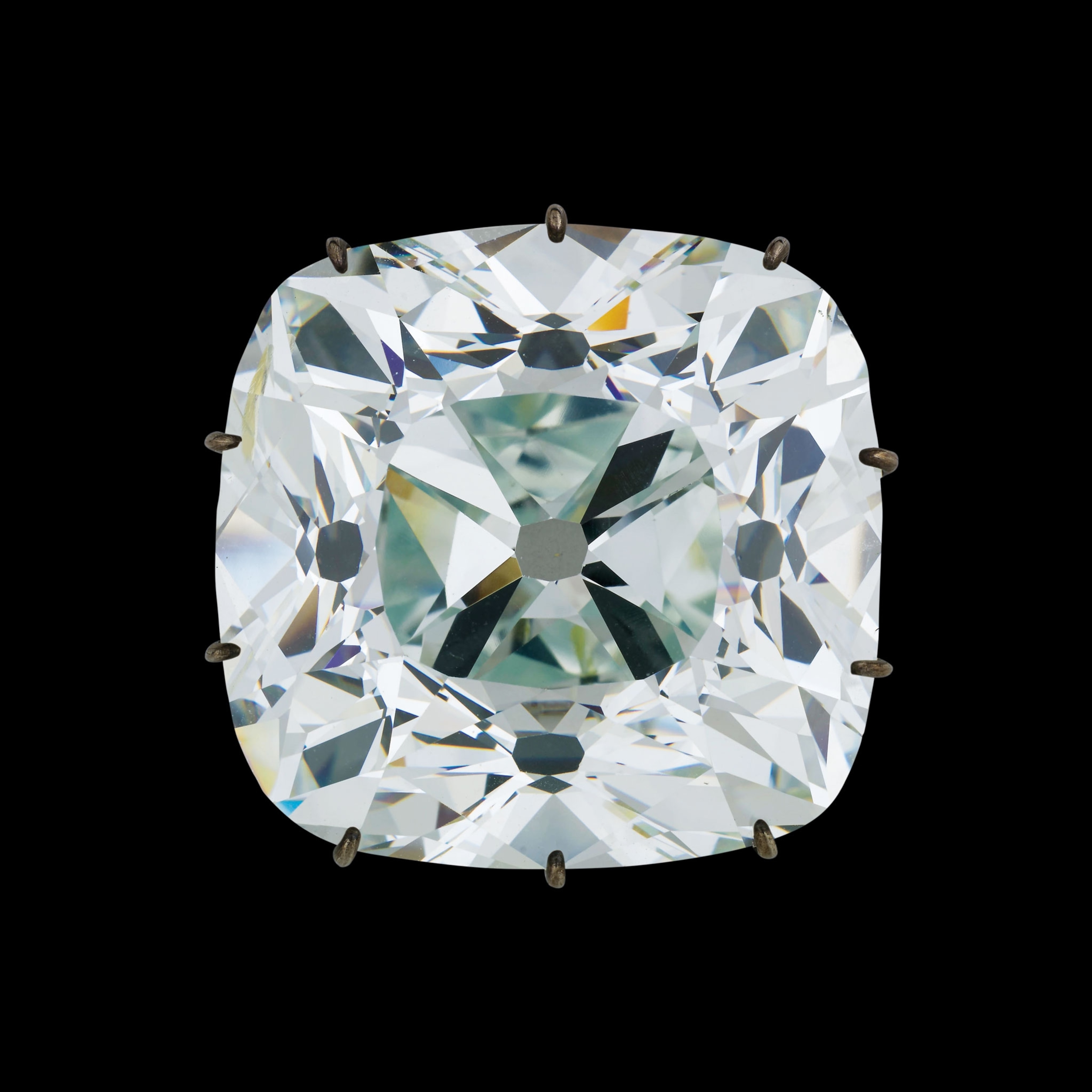
One of the thieves, Cadet Guillot Lordonner, left Paris with the insignia of the Golden Fleece. He removed the French Blue from the setting along with the Côte de Bretagne spinel, a red gemstone carved in the shape of a dragon. Once in London, he tried unsuccessfully to sell the Côte de Bretagne to exiled French monarchists and ended up in debtors’ prison. The Côte de Bretagne would rejoin the French Crown Jewels, along with a good portion of the stolen loot, but the French Blue had vanished. (Another French mystery: Who was the "Man in the Iron Mask?")
Some chroniclers believe that the French Blue didn’t go to London with Lordonner. Instead, it arrived much later in a scenario worthy of a political thriller. According to this theory, the revolutionary armies desperately needed a victory around the time Austria and Prussia were threatening to invade France in 1792. Led by the Prussian Duke of Brunswick, an invasion was repelled by the French at Valmy and retreated back over the Rhine on September 20. Revolutionary momentum returned and fervor soared.
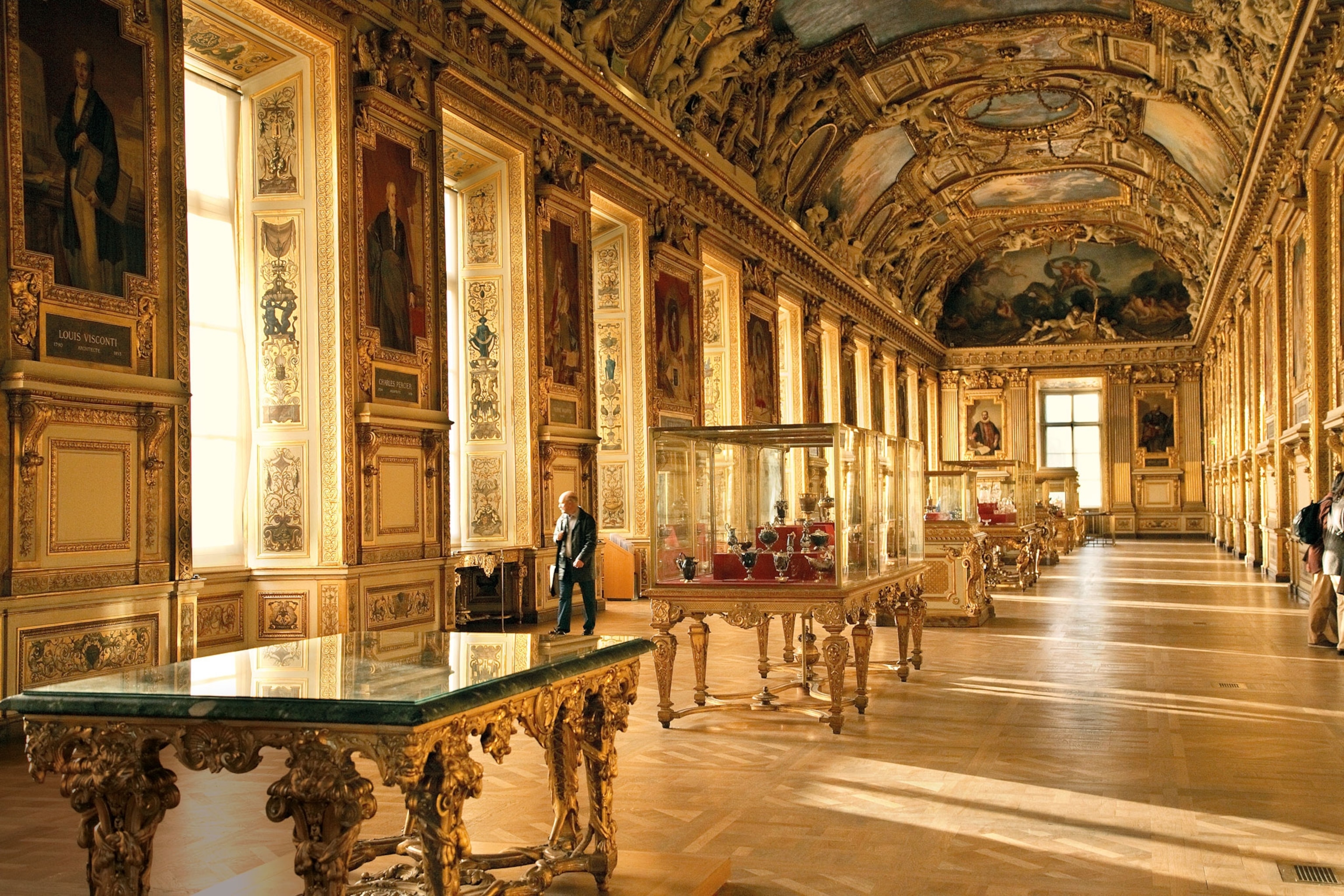
Skeptics questioned how an experienced and well-equipped Prussian general could be defeated so quickly. They theorized that revolutionary leaders had orchestrated the jewel heist earlier that month in order to bribe the Duke of Brunswick. They would give him the French Blue in return for losing the battle at Valmy. Theorists suspect that years later Brunswick sent the Blue to his daughter, Princess Caroline, in London in 1805. (See a bizarre "nesting doll" diamond found inside another diamond.)
New Identity
In 1812 a blue diamond smaller than the famous French gem passed through the hands of a London dealer named Daniel Eliason. How he acquired it, and to whom he sold it, is a mystery. Eliason showed the stone to the jeweler John Francillon, who made a sketch and described a 45.52-carat “deep blue” diamond “without specks or flaws.” Historians believe it is no coincidence that it reappeared two days after the window for prosecuting crimes committed during the French Revolution expired, perhaps encouraging its owner to sell it.
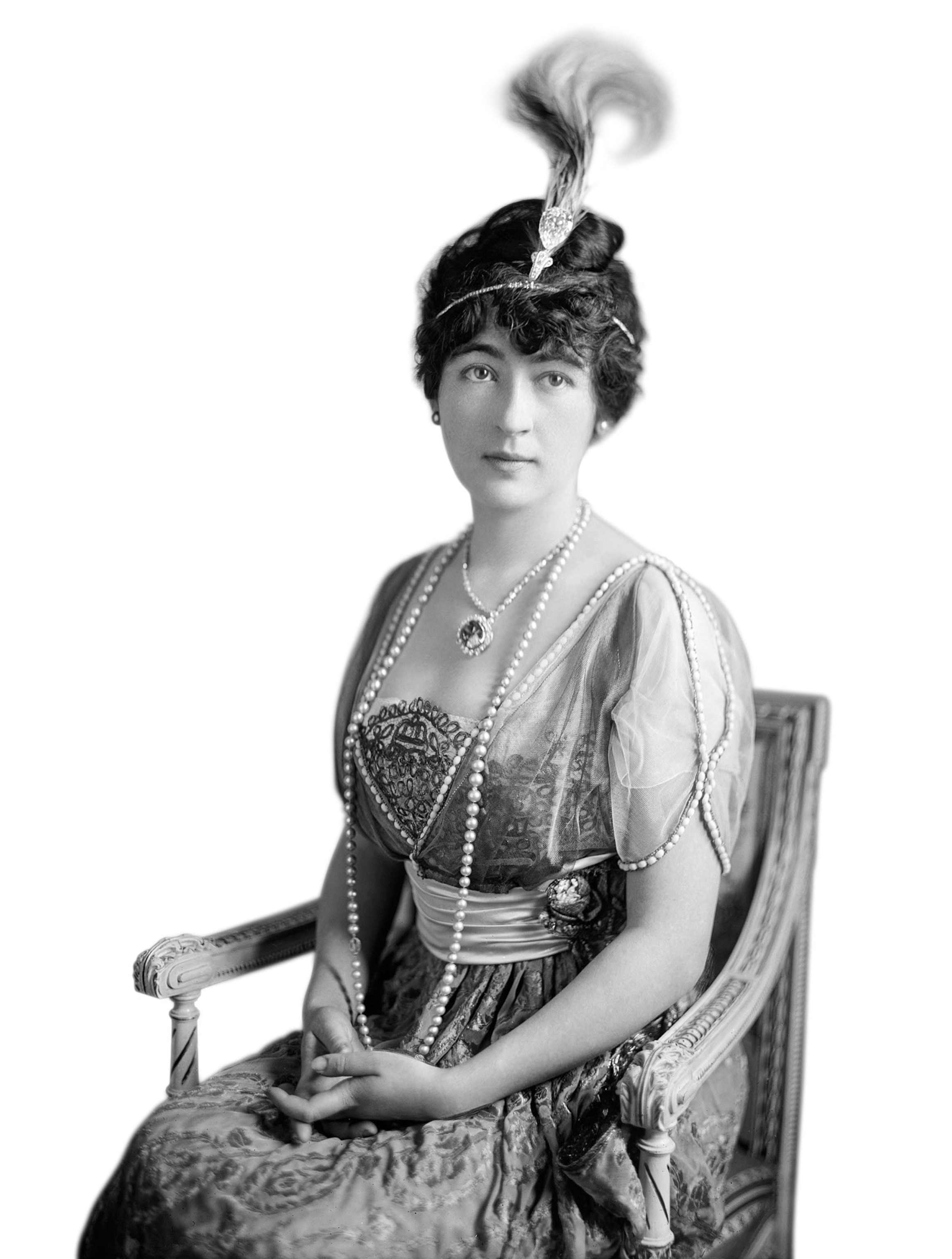
Of the same quality but smaller than the French Blue, this “new” blue diamond vanished again until 1839, when records show it in the collection of banker Henry Philip Hope, for whom it would be named. The Hope family sold the blue diamond in 1901, and it eventually came into the collection of American heiress Evalyn Walsh McLean in 1912. After her death in 1947, jeweler Harry Winston purchased her jewels, and donated the Hope Diamond to the Smithsonian Institution’s Museum of Natural History in 1958.
Scholars have long suspected that the Hope Diamond and the lost French Blue were one and the same. It wasn’t until 2005, 213 years after its theft, that they were able to prove it. Jeffrey Post, Smithsonian curator of the National Gem Collection, and other experts, ran a computer modeling study based on 17th-century accounts, detailed drawings of the French Blue, and scans of the Hope. Their study concluded that the Hope is the original Indian blue, following two re-cuttings. (Astronomers have found a slow-cooked diamond the size of Earth.)

In 2007 a lead cast of a shield-shaped diamond was found in the Museum of Natural History in Paris and determined to be a model of the French Blue. François Farges, a curator at the Museum of Natural History, wrote that the 19th-century catalog label found with the cast gives a clue to the French Blue’s fate. It reads “belonging to Mr. Hoppe of London,” suggesting that Henry Philip Hope acquired the French Blue before it was cut to create the smaller stone.
The cast provided the exact dimensions of the lost gem which allowed for an accurate computer reconstruction. Using this information and data from earlier studies, scientists were able to solve the mystery and confirm that the Hope Diamond was indeed once the French Blue. (Discover which jewels Romans prized more than diamonds.)




